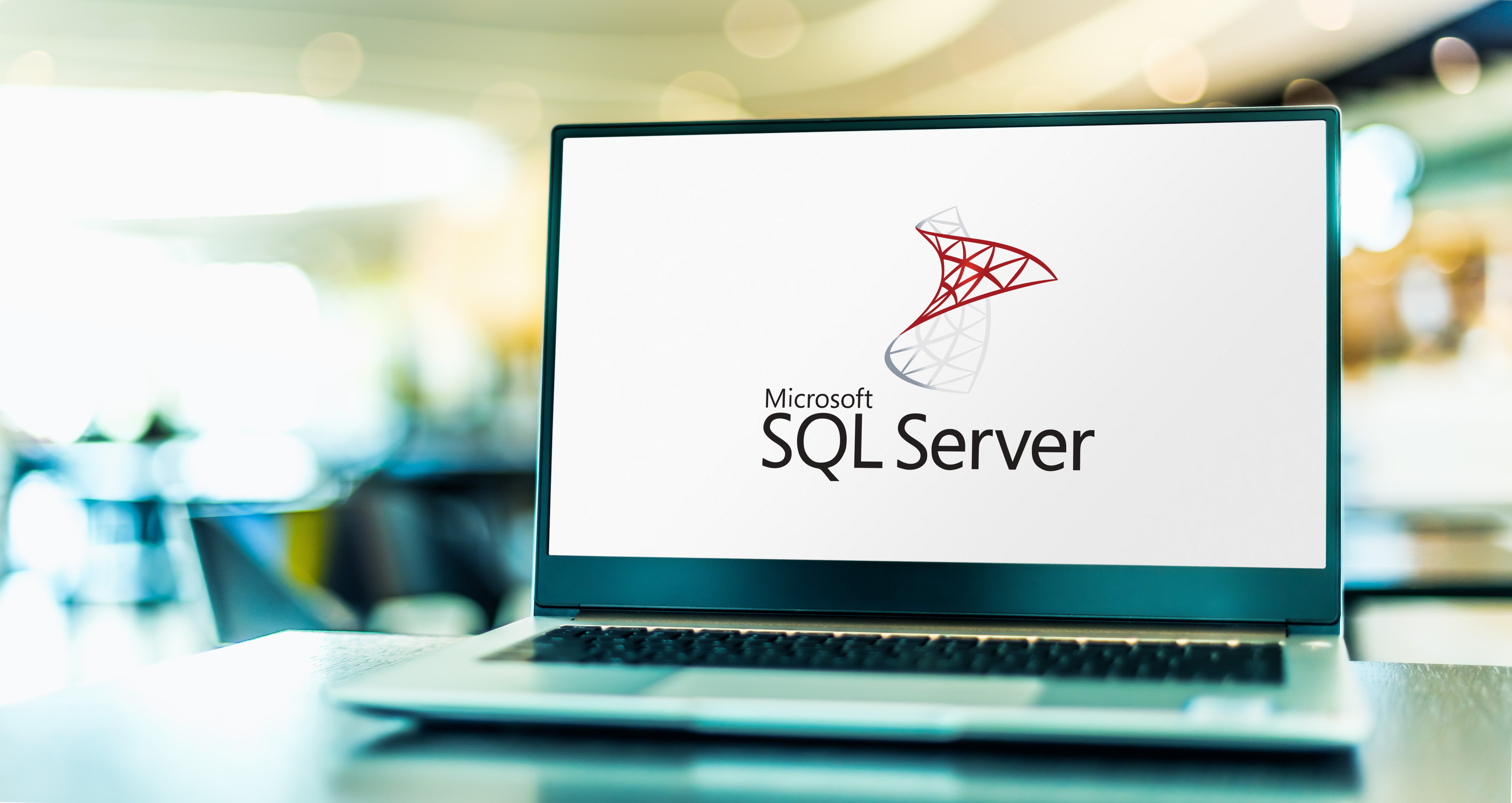Understanding Extended Security Update Options for Windows Server 2012
Windows Server 2012/R2, a cornerstone of server operating systems, reached its end-of-life on October 10, 2023. This cessation of regular...
3 min read
cloudservuscom Mar 6, 2023 11:42:39 AM

End-of support (EOS) for Microsoft’s SQL Server 2012 was enacted on July 12, 2022, and a recent announcement indicates Windows Server 2012/R2 will follow suit on October 12, 2023.
As termination of support occurs, non-security updates, bug fixes, security updates, and technical content updates for these two systems will be unavailable and will likely affect server stability and usability.
Continuing to run an end-of-life operating system can leave organizations vulnerable to potential security and compliance risks due to the lack of ongoing software support, which in turn can result in penalties or other repercussions. Lack of security updates and technical support from Microsoft can also make the system unprotected against malware and other threats.
To protect your organization's systems from possible security vulnerabilities and ensure it runs seamlessly, it’s important to upgrade to a more modern operating system. In addition to supporting critical modernization initiatives, newer operating systems provide enhanced functionality and features that can aid in streamlining operations, improving productivity and enabling future business growth.
For those organizations who want to maintain their SQL Server systems, there’s a few different data estate migration and modernization options to consider to ensure SQL Server 2012 instances remain secure and supported:
Azure Virtual Machines Migration
Migrating SQL Server 2012 to Azure Virtual Machines enables organizations to have up to three years of Extended Security Updates, free of charge, as well as ongoing access to support via their current support contract. The complimentary Extended Security Updates includes various Azure destinations, like Azure Stack HCI, Azure VNWare Solution, and Azure Dedicated Host. Because Azure Virtual Machines runs on the same SQL Server as an organization’s on-premises environment, migration is a more simplified process. Additionally, it can be the lowest total cost of ownership at upwards of 69% less than buying Extended Security Updates on-premises.
Extended Security Updates
Organizations can purchase Extended Security Updates for their on-premises SQL Server through Azure Arc. Similarly to migrating to Azure, this option provides continuous product support. Azure Connected Machine agent can be installed with direct connectivity to Azure, which offers streamlined Extended Security Updates enrollment and deployment. Or a disconnected SQL Server instance can be manually added and managed.
SQL Server 2019 Upgrade
Companies can take advantage of improved security and performance by upgrading to SQL Server 2019, which also helps eliminate data silos, offers versatile deployment options, and enables business continuity.
SQL Server Modernization in the Cloud
SQL Servers can be modernized in the cloud via Azure SQL Managed Instance, a platform-as-a-service option. This unites the advantages of a completely managed, constantly updated database service and broad SQL Server engine compatibility. SQL Managed Instances enable organizations to rapidly modernize vendor-supplied and custom apps to Azure, and take advantage of scalability to meet fluctuating demands.
As end-of-support looms ahead on October 10, 2023, organizations need to start planning their strategy to safeguard and modernize their Windows Server 2012 and 2012 R2 workloads.
Microsoft recommends migrating to the cloud, or upgrading to Windows Server 2022. The latter option offers the most up-to-date hybrid, security and application modernization capabilities, including multi-later threat protection via a secured-core server, deeper insights via Windows Admin Center, and better container application deployment for speedier downloads and streamlined authentication.
However, there’s a number of different options to evaluate when transitioning to a newer operating system:
Cloud Migration
Organizations can migrate their server to the cloud, whether it’s Azure, Google Cloud, or AWS. Choosing this route can minimize the need to maintain physical hardware, and offer the improved security, agility and scalability of the cloud. The cost implications associated with cloud migration should be carefully evaluated if considering this option.
Upgrade-in-place
The upgrade-in-place option allows organizations to upgrade their existing server to a newer system without sacrificing their current data, settings and applications. This option will likely involve additional software and hardware compatibility assessments because only certain versions of Windows Server are eligible to be upgraded-in-place.
Migration
The migration option enables organizations to establish a new server and operating system before migrating their data, settings and applications from their previous server to the newer server. However, there may be a degree of downtime involved with this option, as well as additional software and hardware compatibility assessments.
Upgrading to modern systems can be a challenging undertaking with numerous corresponding business continuity considerations. Guidance from an experienced, top 1% Microsoft partner enables you to understand all of your migration and modernization options and streamline your IT estate’s transition.
Contact CloudServus to prepare for Window Server 2012/R2 end-of-support and accelerate your migration and modernization journey.

Windows Server 2012/R2, a cornerstone of server operating systems, reached its end-of-life on October 10, 2023. This cessation of regular...

The deadline for Windows Server 2012 support is fast approaching; the end of support date is October 10th, 2023. As this technology is set to become...

July 9th, 2024 marked theend of support(EOS), for SQL Server 2014following that of Windows and SQL Server 2012 in the past few years. This end of...